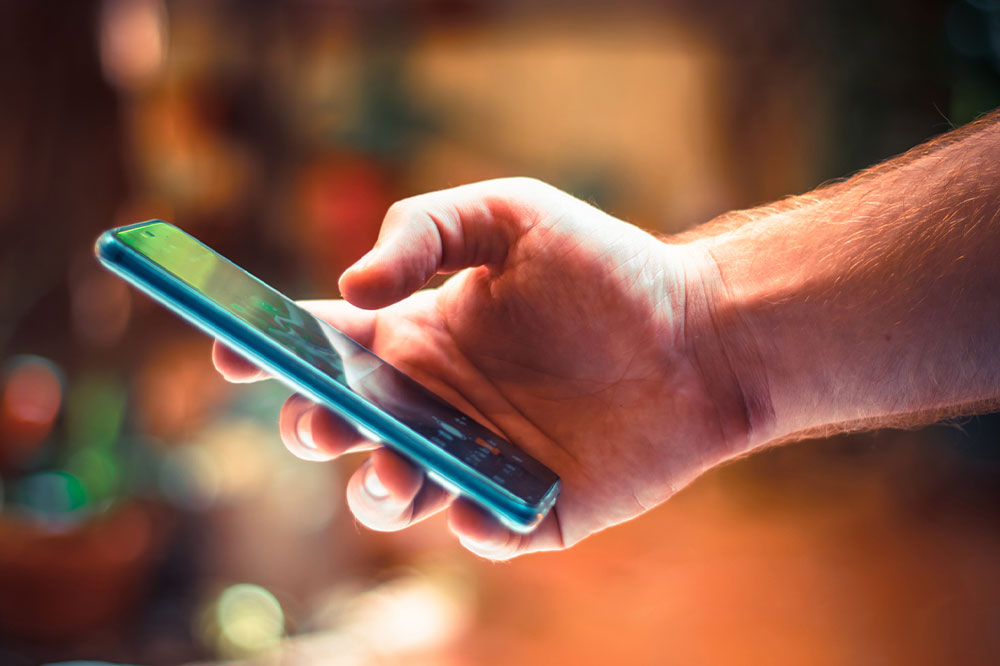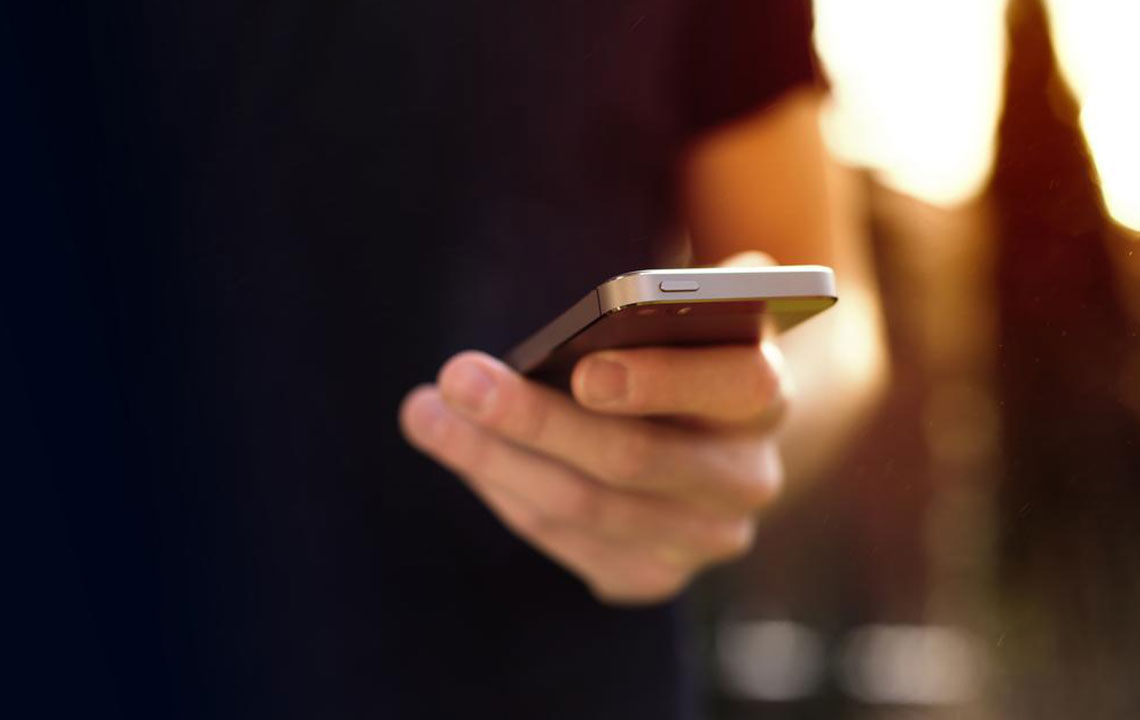Comprehensive Guide to the Federal Lifeline Assistance Program: Free Government Cell Phones Explained
This comprehensive guide explains the Lifeline Assistance Program, a government initiative providing free cell phones and affordable service plans to low-income individuals. It covers eligibility requirements, states participating nationwide, and tips to maintain eligibility, emphasizing the program's role in fostering digital inclusion. Discover how millions benefit from this essential service designed to bridge the digital divide, enhance safety, and ensure connectivity for vulnerable populations, including seniors and underserved communities. Stay informed and learn how to access this vital resource today.

Essential Information About Government-Provided Free Mobile Phones
In today’s fast-paced digital world, staying connected through a mobile phone is more important than ever. However, for many low-income individuals and families, affording a reliable mobile device and service plan can be a significant financial burden. Recognizing these challenges, the U.S. government has established the Lifeline Assistance Program, a vital initiative designed to bridge the digital divide by providing free cell phones and affordable monthly service to eligible residents. This program ensures that everyone, regardless of income, can maintain communication with loved ones, access emergency services, and participate fully in modern society.
Millions of Americans across the country benefit from the Lifeline Assistance Program each year, helping them stay connected amidst financial hardships. This initiative is especially crucial in rural areas and underserved communities where access to communication services might otherwise be limited. The program not only offers free cell phones but also provides a range of plans that include unlimited calls, texts, and data in certain states, enabling recipients to participate fully in today’s digital economy.
Who Qualifies for a Free Android Phone Through the Lifeline Program?
The eligibility criteria for free government cell phones are consistent across most states with some regional variations. To qualify, applicants generally need to be enrolled in specific federal assistance programs or meet income requirements. These criteria ensure that help reaches those who need it most, including the most vulnerable populations.
Medicaid — a health coverage program for low-income individuals
Federal Public Housing Assistance (Section 8) — assistance for affordable housing
Bureau of Indian Affairs General Assistance (BIA) — support for Native American communities
Tribal Head Start programs — early childhood education programs with income-based criteria
Supplemental Nutrition Assistance Program (SNAP) — food assistance program
Supplemental Security Income (SSI) — for disabled and elderly individuals with limited income
Veterans Pension and Survivors Benefits — aid for military veterans and their families
Tribal TANF — Temporary Assistance for Needy Families for tribal members
Food Distribution Program on Indian Reservations (FDPIR) — nutrition assistance in Indian communities
Beyond participation in these assistance programs, low-income individuals or those meeting specific income thresholds can also qualify for a free phone. The participants often apply through federal portals or authorized service providers, which facilitate the process seamlessly. Income-based standards are designed to identify those in genuine need, ensuring equitable distribution of resources.
States Offering Free Android Phones and Service Plans Nationwide
Since its inception in 2008, the Lifeline Assistance Program has expanded significantly. Today, it provides free landline or mobile phones to residents in nearly every state, including Puerto Rico and Washington D.C. The program was initially started by Tracfone’s SafeLink Wireless and has evolved into a comprehensive national effort. Several service providers participate, offering plans that include unlimited calls, texts, and data in many regions. The availability of free devices and services varies depending on state-specific regulations and participating providers, but the core goal remains the same—closing the digital divide.
Special Considerations for Senior Citizens
While there are no specific programs solely dedicated to seniors, eligible elderly individuals can access free phones through the Lifeline program if they meet the general qualification criteria. This is particularly advantageous for seniors relying on federal assistance programs like Medicaid or SNAP. For many older adults, having access to a free mobile device can significantly enhance their independence, safety, and social connectivity. It allows them to stay in touch with family, access emergency services quickly, and participate actively in society without added financial stress.
Common Reasons for Losing Eligibility for a Free Government Cell Phone
The Lifeline Assistance Program enforces strict rules to prevent misuse and ensure the benefits are allocated appropriately. Any violation of the program’s regulations can result in losing the free device and service. Common reasons for disqualification include owning multiple devices that violate program rules, failing to recertify eligibility annually, withdrawing from assistance programs that qualify a participant, neglecting to respond to recertification notices, prolonged inactivity (typically over 60 days), or earning an income above the federal poverty line. Maintaining eligibility is crucial, and recipients are advised to stay updated with recertification requirements to continue enjoying the benefits of the program.
In conclusion, the Lifeline Assistance Program plays a vital role in promoting digital inclusion across the United States. It provides essential communications technology to those who need it most, helping bridge gaps caused by economic disparities. Whether it’s a basic cell phone or an Android device with modern features, access to affordable communication tools empowers individuals and strengthens communities. For eligible residents, understanding the qualification criteria and maintaining compliance ensures continuous access to this valuable resource. As technology advances and the importance of connectivity grows, programs like Lifeline will remain crucial in fostering equitable access to communication services for everyone.





